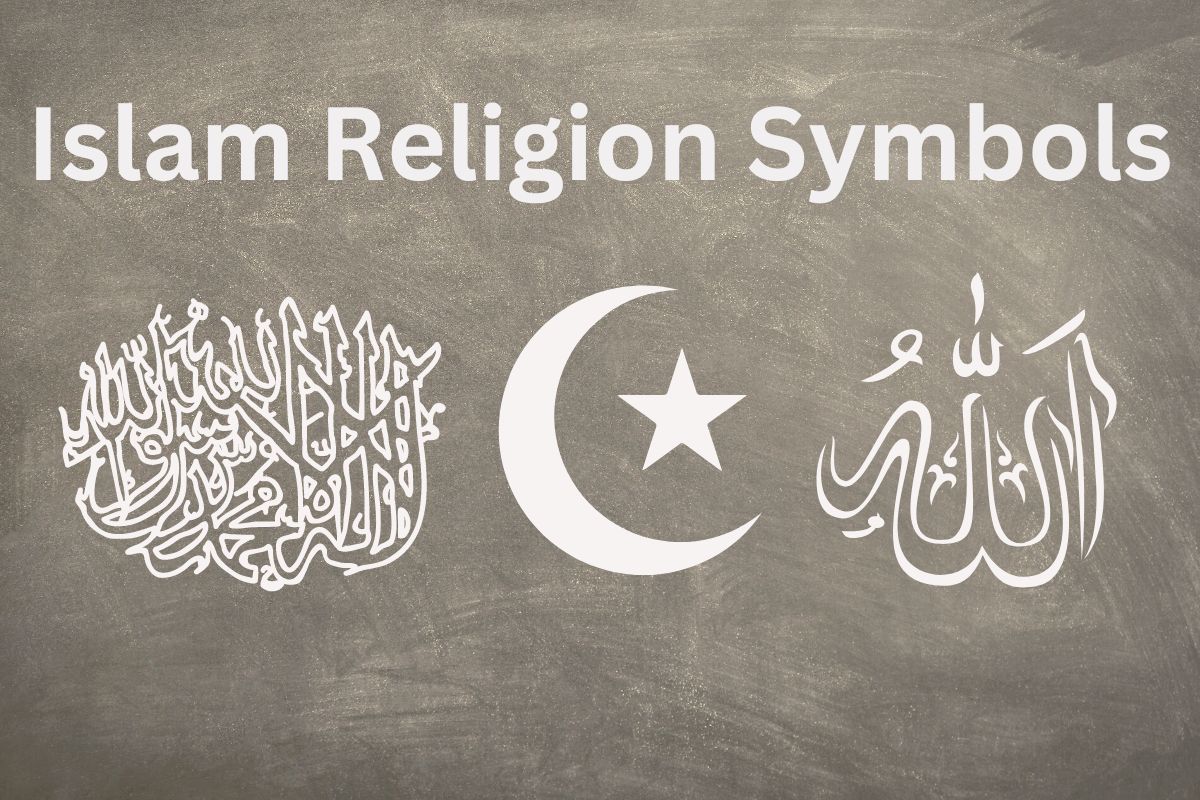Islam is the religion Muslims follow, and it's one of the most popular religions in the world. Islam religion symbols explore important spiritual stories and religious teachings. Some of these symbols include the crescent and star, the symbol for Allah, the Black Star, the Shahada, and the Rub el Hizb.
Presently Islam is the second most popular religion worldwide. There are nearly 2 billion followers of the holy order of Islam. The Islamic religion has a long and rich cultural history. However, officially Islam prohibits the use of sacred religious symbols.
Though we cannot ascertain whether Muslim leaders or authorities approve of them, the symbols have become quite popular.
Main Symbols in Islam
Islamic symbols are mainly in Arabic. There are images of celestial bodies related to the various practices of Islamic culture.
Crescent and Star
The crescent and star is the widely used symbol for understanding Islam. However, the symbol officially does not have anything to do with religion. However, Muslim leaders revere it as a holy representation of their faith.
You can trace the presence of the crescent, and the star in the national flag of many Islamic countries. Pakistan, Tunisia, Turkey, Algeria, and Lybia use the crescent and the star in their flags.
There’s no concrete story as to how did the symbol evolve. Historians have confirmed that these symbols were a case of cultural diffusion. They were not a part of the religion. Still, they have come in due to the intercultural transformation of ideas and styles.
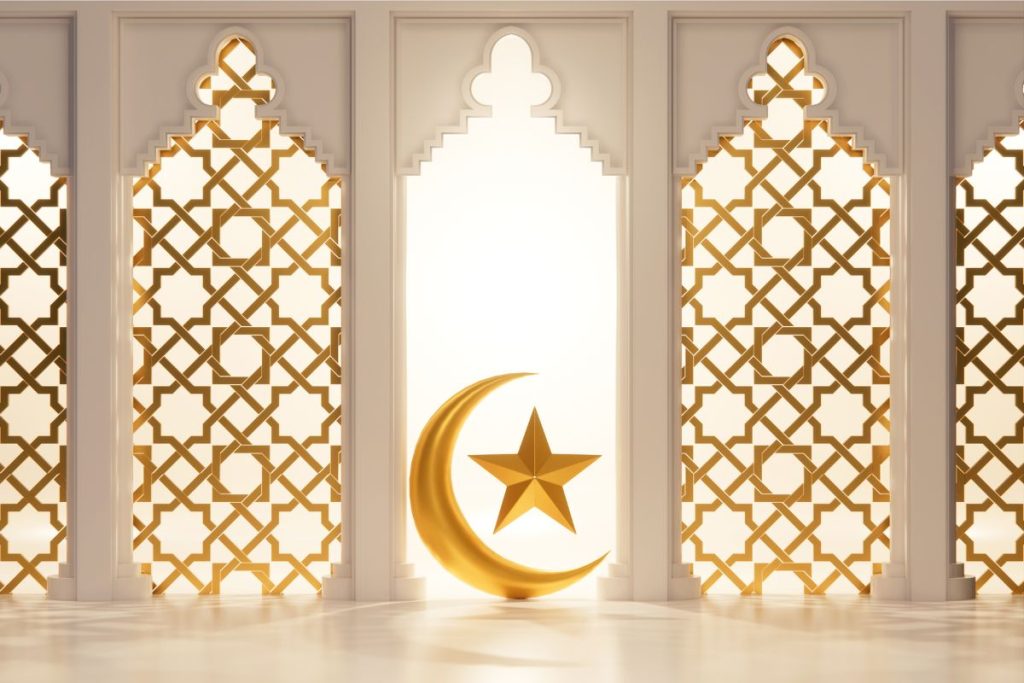
The Controversy
The star and crescent likely originated from the Ottoman empire or modern-day Turkey. Though Turkey today is a Muslim country, this wasn’t always the case. When the Ottomans ruled, they weren’t following Islam. It was a foreign religion to them.
However, the Turkish rulers adopted Islam by conquering the Middle East, Northern Africa, and Eastern Europe. It happened because they captured several Muslim states in these regions. So, through cultural diffusion, they adopted the star and crescent symbol.
Later, supporters of the star and crescent symbols found pages from the Quran where references to these symbols are found. The Quran was written well before to the formation of the Ottoman Empire, so this supported their interpretation.
Another Possible Origin
The relationship between the star and crescent and the Ottoman empire is still being determined. Some believe those symbols came after the Ottomans captured Constantinople. The crescent moon was a symbol of Byzantium. Many historians have rejected this reasoning because Constantinople followed Christianity.
Instead, most believe that the crescent symbol has been a common sign used in the Middle East for millennia. It might be from the formation of the Parthian empire. As Byzantium had captured the middle east, they might have adapted it from there.
Allah
The concept of Allah is similar to the Christian concept of God. The symbol of Allah is the Arabic calligraphy of the word. The supreme power is not given any name but is called Allah by the followers of the Muslim faith.
Allah is the ultimate destination that devout Muslims believe to reach. He is the omnipresent Creator of the world, and the Muslims follow the commandments he preached.
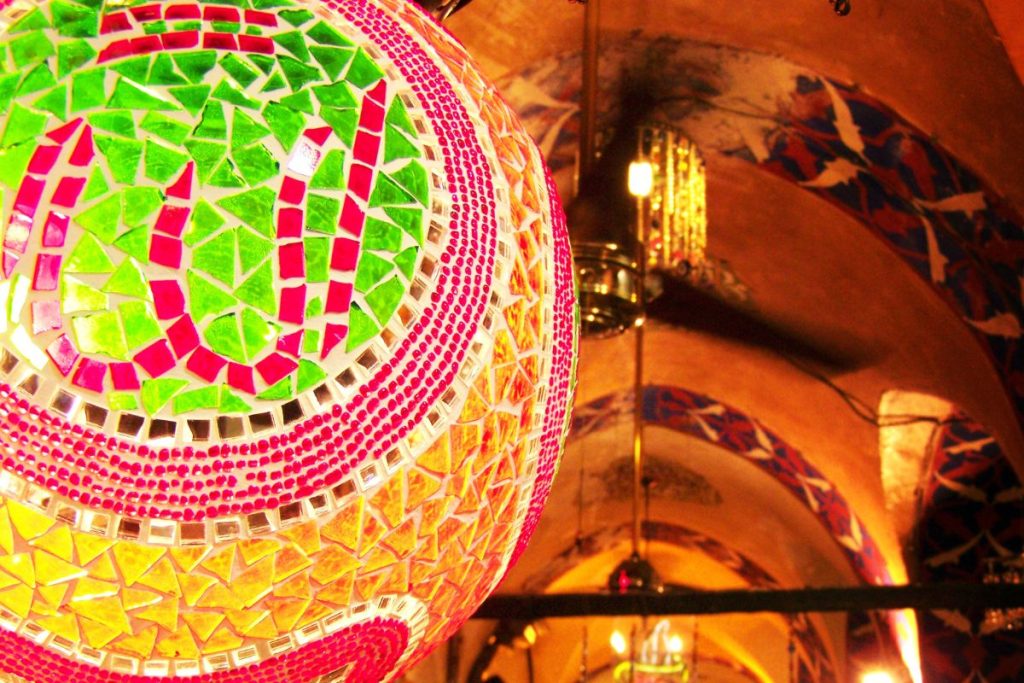
Black Star
The black star, or Khatim, is an eight-way pointed star that is similar to the Rub el Hizb symbol. It’s considered to be the seal of Prophet Muhammad.
The term Khatim, assigned to the black star, also has a reason. Like mentioned before, it’s a symbol to mark the status of Prophet Muhammad. After him, there will be no other prophet in Islam. He is the last and true Prophet.
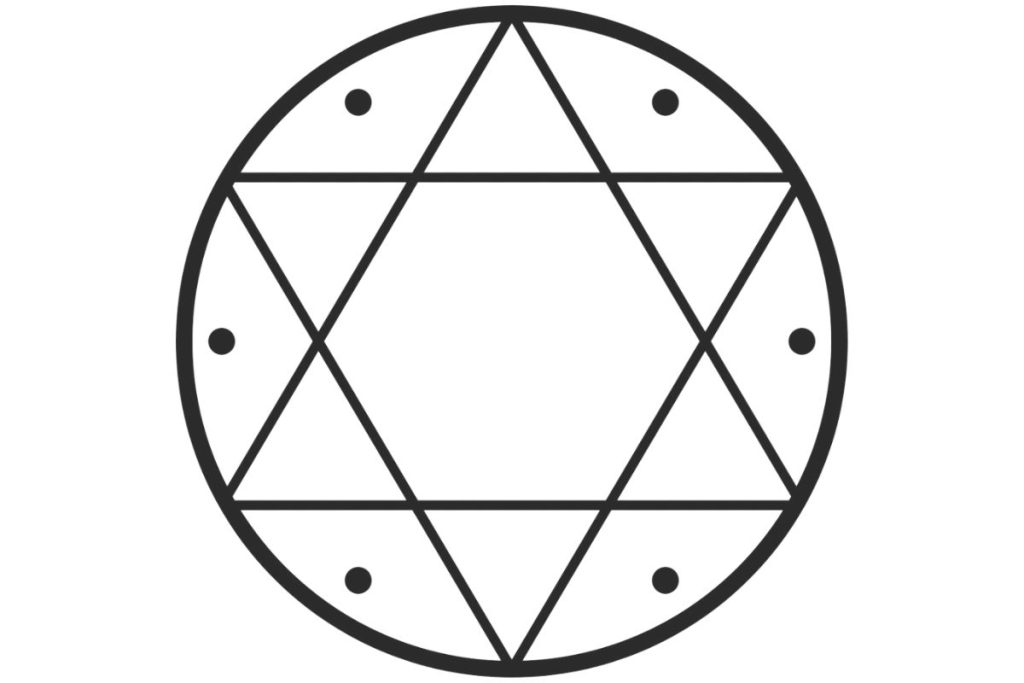
Shahada
The Shahada is an Islamic Oath that is calligraphed. It’s among the five pillars of Islam. The oath reads, “I bear witness that none deserves worship except God, and I bear witness that Muhammad is the messenger of God.”
Islamic art is calligraphed such that it appears as a single symbol. Moreover, the multiple calligraphy in the whole phrase is written beautifully yet looks pretty complex.
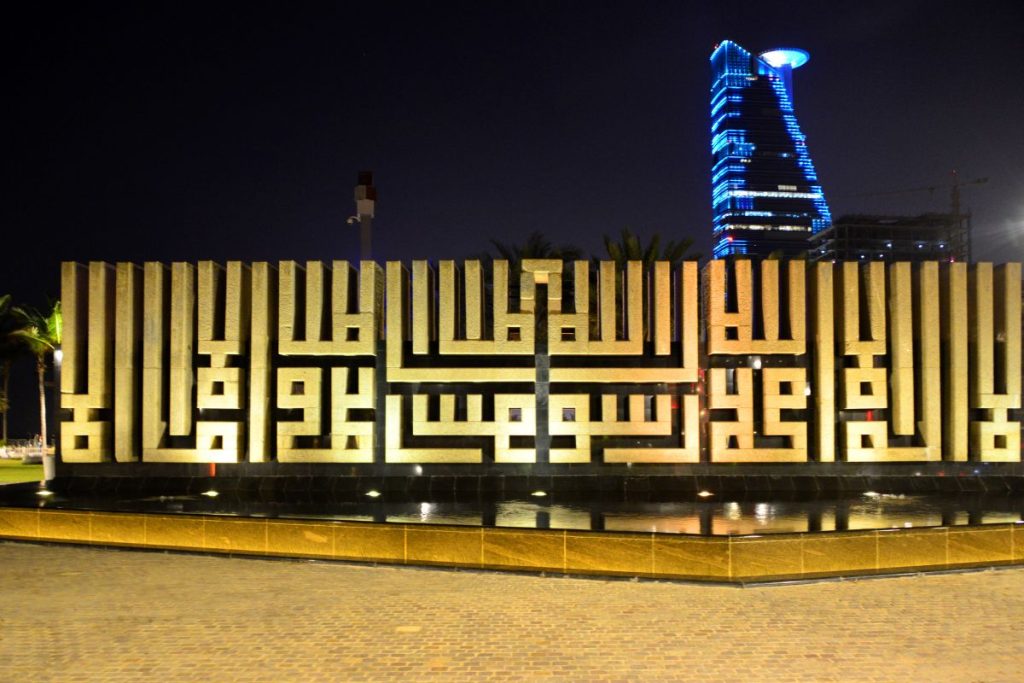
Rub el Hizb
The Rub el Hizb is also a symbol of the Muslim faith. It’s depicted as two overlapping squares placed parallel to the ground, where one square is at an angle of 45 degrees. In communion, the two squares from an 8-pointed star.
Moreover, at the center, there is a circle. The Rub el Hizb is connected with the Quran. The Rub means quarter or one-fourth, and Hizb means a group. The logic behind it is that the Quran is divided into 60 long portions called Hizbs, and each Hibz is divided into four Rubs.
Like the star and crescent, you can also see Rub el Hizb in the national flags or emblems of Islamic countries like Morocco, Turkmenistan, and Uzbekistan.
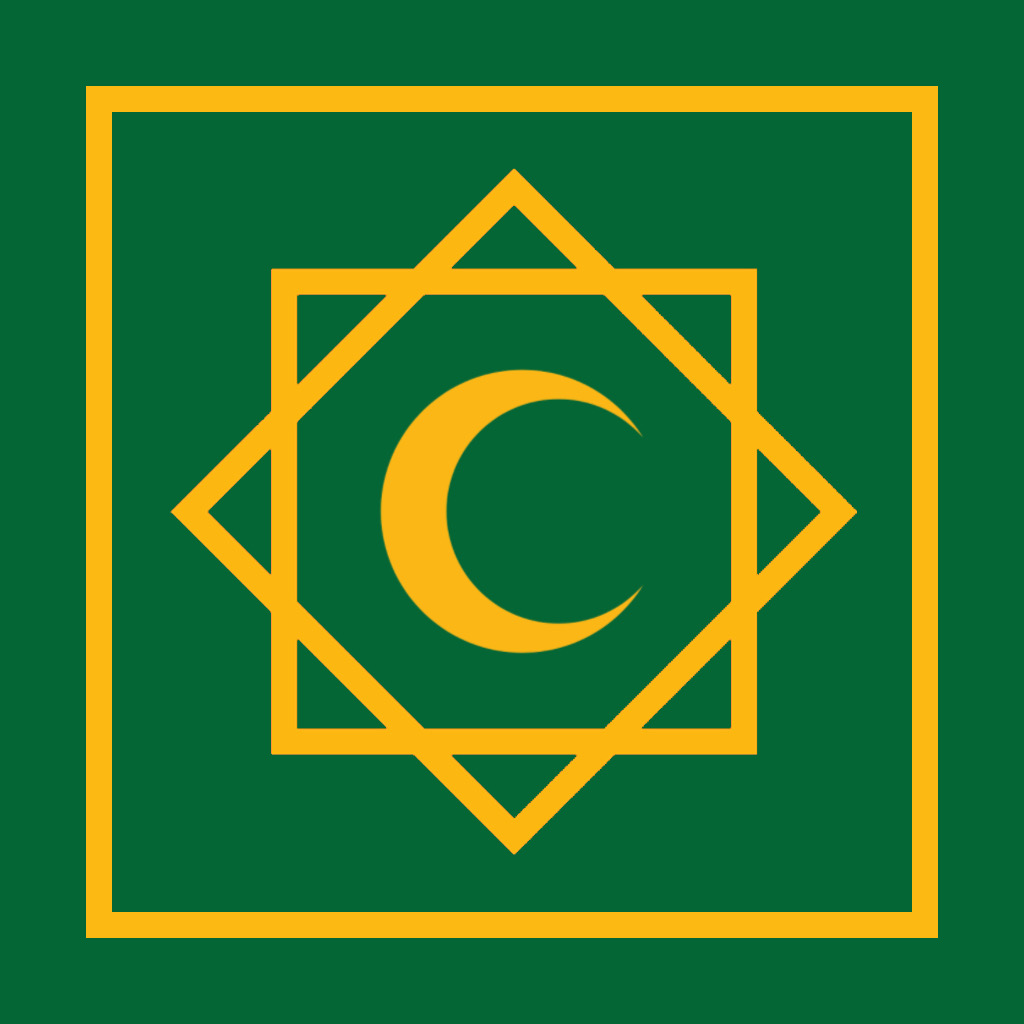
Bahai Star
The Bahai Star is a 9-pointed star that is drawn and cleanly. It indicates the sacred number 9 and is related to the messengers of God. The star represents that Allah teaches laypeople through Prophets, done slowly and progressively.
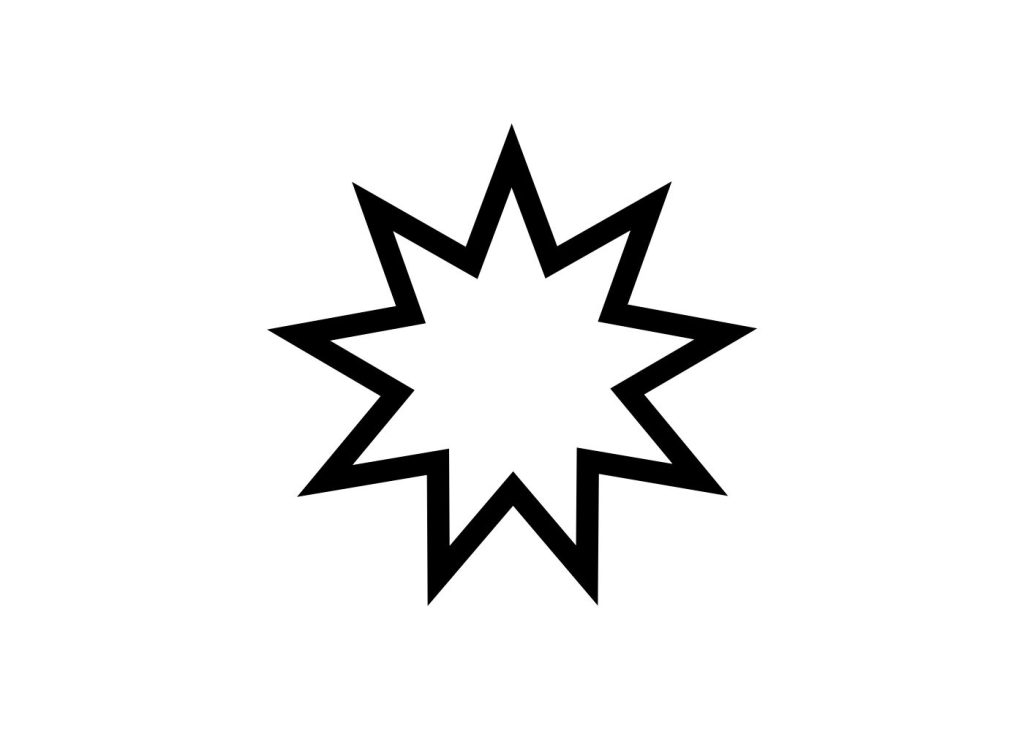
Are There Symbolic Colors in Islam?
The Color Green
Green is a pious color that followers of Islam adore ardently. The color green can be traced from the early days of the religion due to a line in the Quran about the color green.
The Quran says that “those who inhabit paradise will wear fine silk garments of green.” So, green is such a revered color.
This is why the holy text is bound with a green cover. Mosques are painted green and shades of green. Moreover, the graves of Sufi saints are covered with green clothes. Even the flag of Islamic nations uses green in their flag.
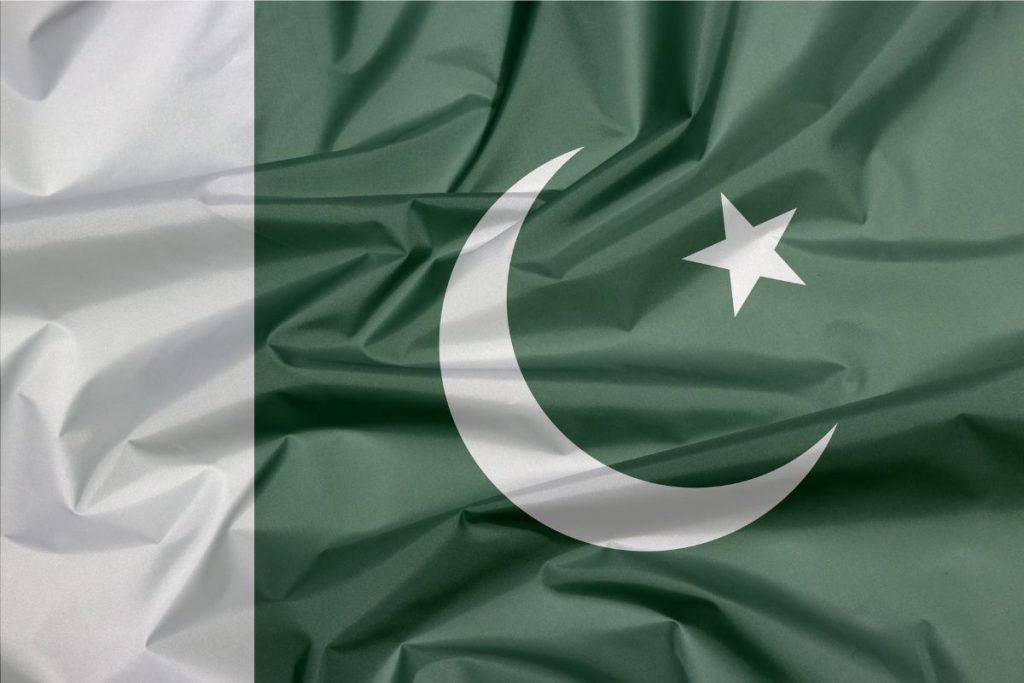
The Colors White and Black
White and black are also two powerful colors related to Islam. White, unlike any other culture, is a symbol of purity and peace in Islam. Black is the color of modesty. Black and white are also found in the national flags of many Islamic countries, along with green.
The Significance of Islamic Religion Symbols
Symbols are essential to any religion, and Islam is no exception. Though the symbols of Islam are not the ultimate relics to worship, they have a connection with the religion.
Besides that, colors also play a vital part in framing the outlook of religion. Most Muslim men are seen wearing white, while women wear black burkha. Other than that, Islamic countries also use these colors and symbols in their national life.

